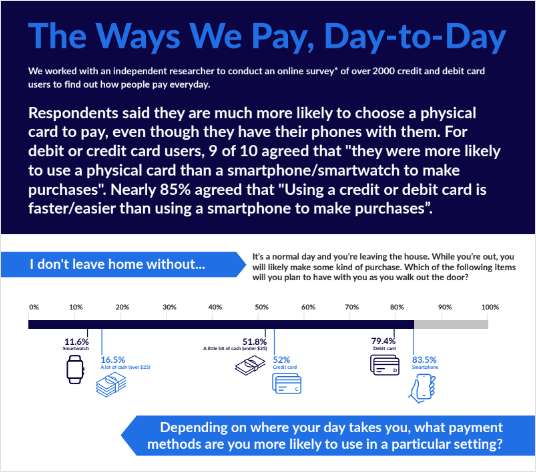WEST PALM BEACH, Fla. -Depending on what happens in the future, 2003 could go down as a "turning point" year for U.S. Central. The corporates' corporate was active on many fronts, including launching a new transferable certificate product that some corporates were concerned came too close to comfort to U.S. Central serving natural person CUs. While offered to credit unions via corporates, the money invested by CUs is kept on U.S. Central's book, not the corporates. The CD carries a one-year, $1 million minimum investment. On the other hand, U.S. Central also became tighter with many corporates through its ISI subsidiary. Corporates that sign up with ISI can offer CUs broker/dealer services through an ISI rep at the corporate. It's one way for corporates to get into the broker/dealer arena without forming their own CUSO. Network Liquidity Acceptance Company, LLC, a U.S. Central subsidiary that works through corporates to purchase credit union loans, was rebranded in 2003 as Charlie Mac. The name's similarity to Freddie Mac is no accident. U.S. Central wanted Charlie Mac to become instantly recognizable as a secondary market investor. Charlie Mac is having success of late with its jumbo mortgage program whereby it purchases CUs' jumbo mortgages ($322,700 and above). It even struck a deal with the very successful mortgage CUSO, Prime Alliance, as its jumbo mortgage investor solution. Other big news coming out of U.S. Central dealt with its board structure. Though it's not a done deal yet, U.S. Central's board has proposed a nine-member board that will be made up of seven corporate credit union CEO seats. The seats would be awarded on a tiered capital system broken into thirds. Two would be elected from each capital level, thus giving large, mid-sized and small CUs an equal voice on the board. The seventh seat would be an at-large CEO elected by all corporates. The primary change with this proposal is it gives corporate CEOs a bigger voice on the board. Right now corporate CEOs have only five of the nine seats. The remaining two seats on the board would go to U.S. Central's non-corporate members, such as leagues, trade associations, CUSOs, etc. There was some controversy around this issue as a group of large credit unions commissioned a paper that concluded that the U.S. Central Board should be cut to seven members made entirely of corporate CEOs. The U.S. Central Board however believes it is important that all of its members are represented on the board even though corporate CU assets make up the bulk of its balance sheet. [email protected]
Complete your profile to continue reading and get FREE access to CUTimes.com, part of your ALM digital membership.
Your access to unlimited CUTimes.com content isn’t changing.
Once you are an ALM digital member, you’ll receive:
- Breaking credit union news and analysis, on-site and via our newsletters and custom alerts
- Weekly Shared Accounts podcast featuring exclusive interviews with industry leaders
- Educational webcasts, white papers, and ebooks from industry thought leaders
- Critical coverage of the commercial real estate and financial advisory markets on our other ALM sites, GlobeSt.com and ThinkAdvisor.com
Already have an account? Sign In Now
© 2025 ALM Global, LLC, All Rights Reserved. Request academic re-use from www.copyright.com. All other uses, submit a request to [email protected]. For more information visit Asset & Logo Licensing.









